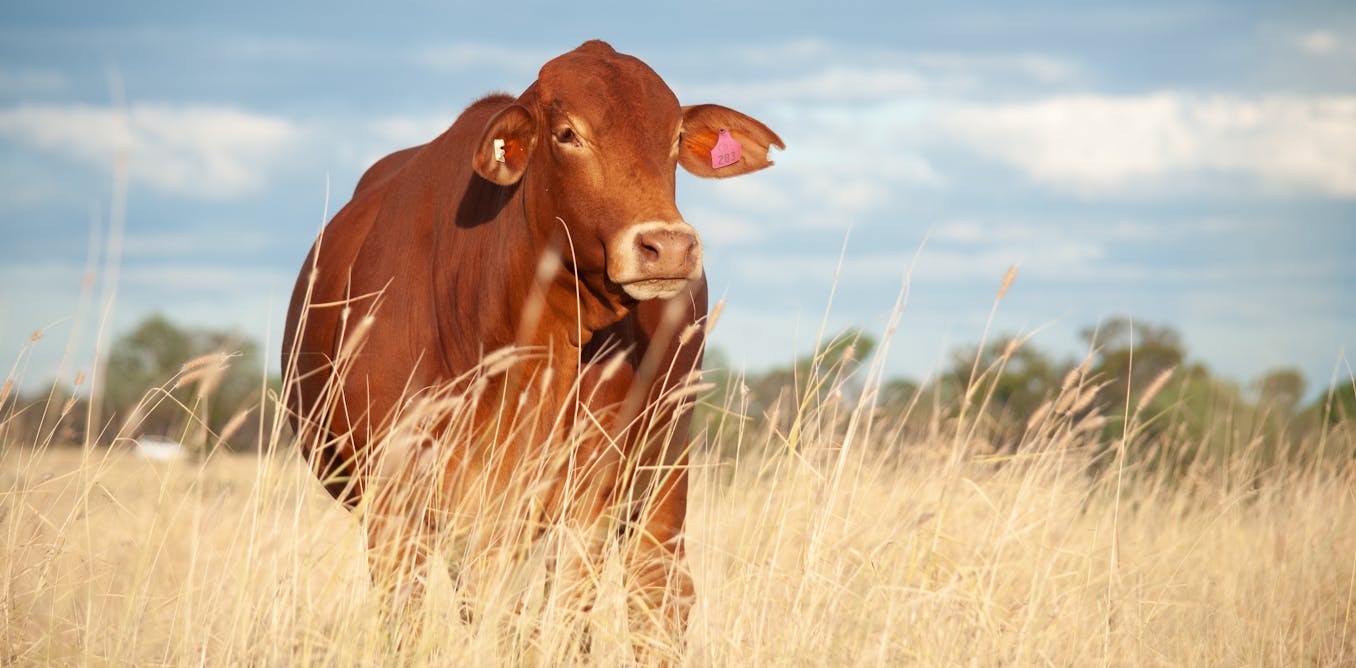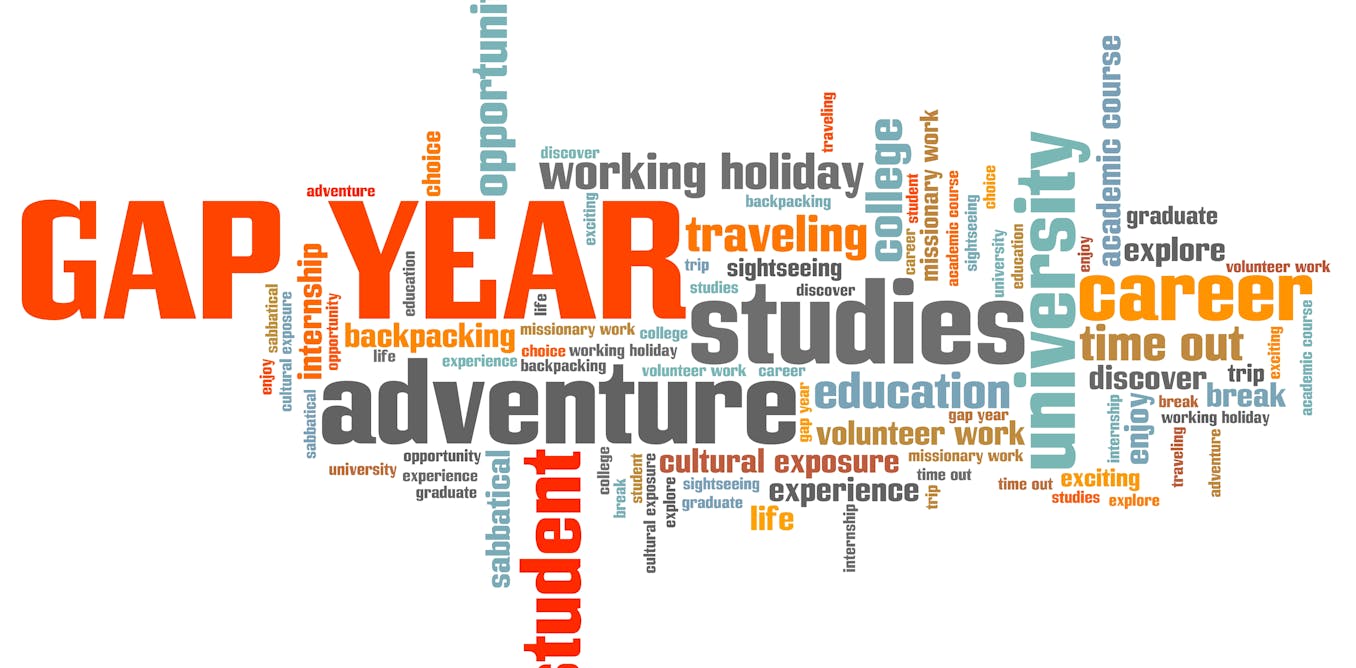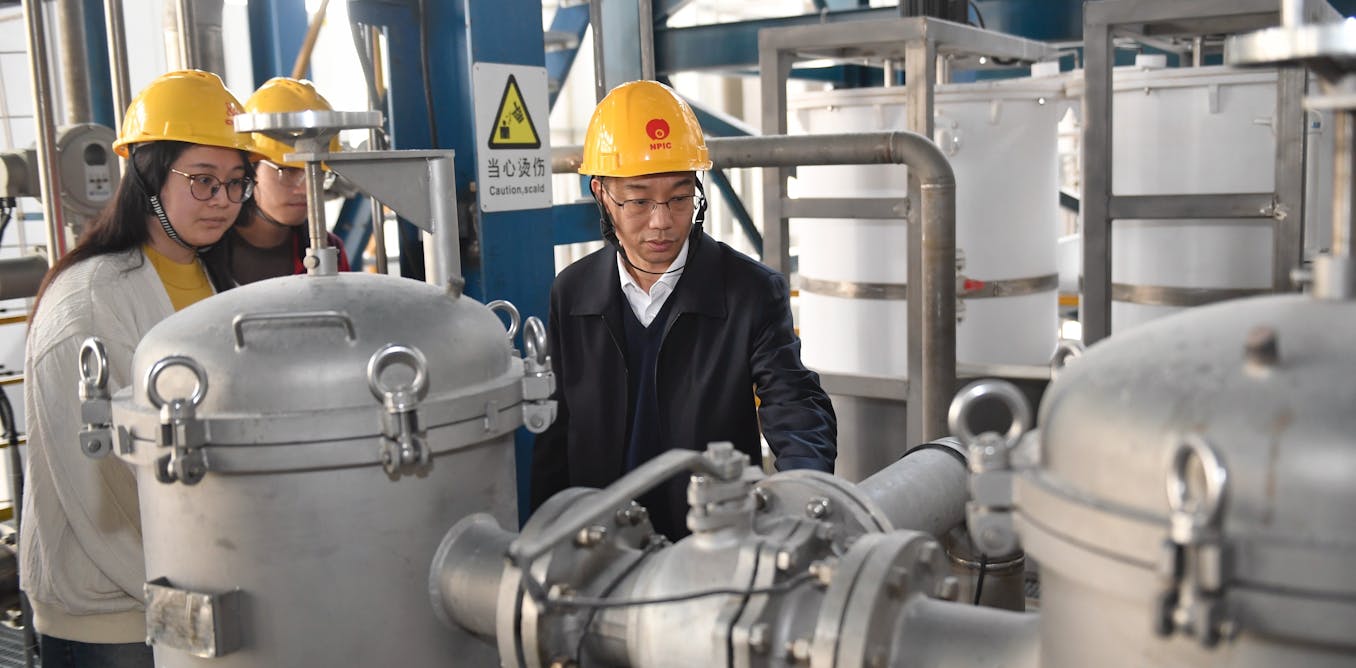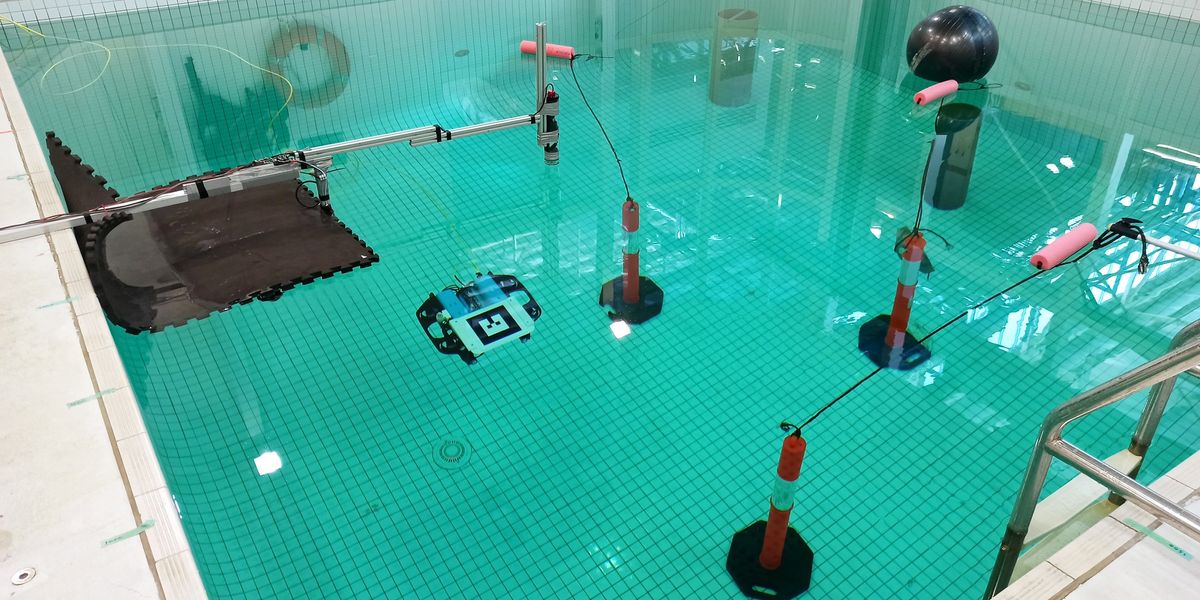This article is part of our exclusive IEEE Journal Watch series in partnership with IEEE Xplore.
Uncrewed underwater vehicles (UUVs) are underwater robots that operate without humans inside. Early use cases for the vehicles have included jobs like deep-sea exploration and the disabling of underwater mines. However, UUVs suffer from poor communication and navigation control because of water’s distorting effect. So researchers have begun to develop machine learning techniques that can help UUVs navigate better autonomously.
Perhaps the biggest challenge the researchers are grappling with is the absence of GPS signals, which can’t penetrate beneath the water’s surface. Other types of navigational techniques that rely on cameras are also ineffective, because underwater cameras suffer from low visibility.
Researchers altered the UUV’s training so that it sampled from its memory buffer in a way more akin to how human brains learn.
One of their motivations, the researchers say, is ultimately to tackle the dangerous work of scrubbing off bio organisms that accumulate on ship hulls. Those accumulations, also known as biofilms, pose a threat to the environment by introducing invasive species and add to shipping costs by increasing drag on ships.
In the study, which was published last month in the journal IEEE Access, researchers from Australia and France used a type of machine learning called deep reinforcement learning to teach UUVs to navigate more accurately under difficult conditions.
In reinforcement learning, UUV models start by performing random actions, then observe the results of those actions and compare them to the goal—in this case, navigating as closely as possible to the target destination. Actions that lead to positive results are reinforced, while actions that lead to poor results are avoided.
The ocean adds another layer of complication to UUVs’ navigational challenges that reinforcement models must learn to overcome. Ocean currents are strong and can carry vehicles far from their intended path in unpredictable directions. UUVs therefore need to navigate while also compensating for interference from the currents.
To achieve the best performance, the researchers tweaked a longstanding convention of reinforcement learning. Lead author on the study Thomas Chaffre—research associate in the college of science and engineering at Flinders University in Adelaide, Australia—said his group’s departure is part of a larger migration in the field. Machine learning researchers today, including from Google DeepMind, Chaffre said that questioning long-held assumptions about reinforcement learning’s training process is becoming increasingly commonplace, searching for small changes that can significantly improve training performance.
The BlueRov2 sub sees the world in x, y, and z.T Chaffre/Flinders University
In this case, the researchers focused on making changes to reinforcement learning’s memory buffer system, which is used to store…
Read full article: Autonomous Subs Use AI to Wayfind Without GPS

The post “Autonomous Subs Use AI to Wayfind Without GPS” by Tammy Xu was published on 12/17/2023 by spectrum.ieee.org





































